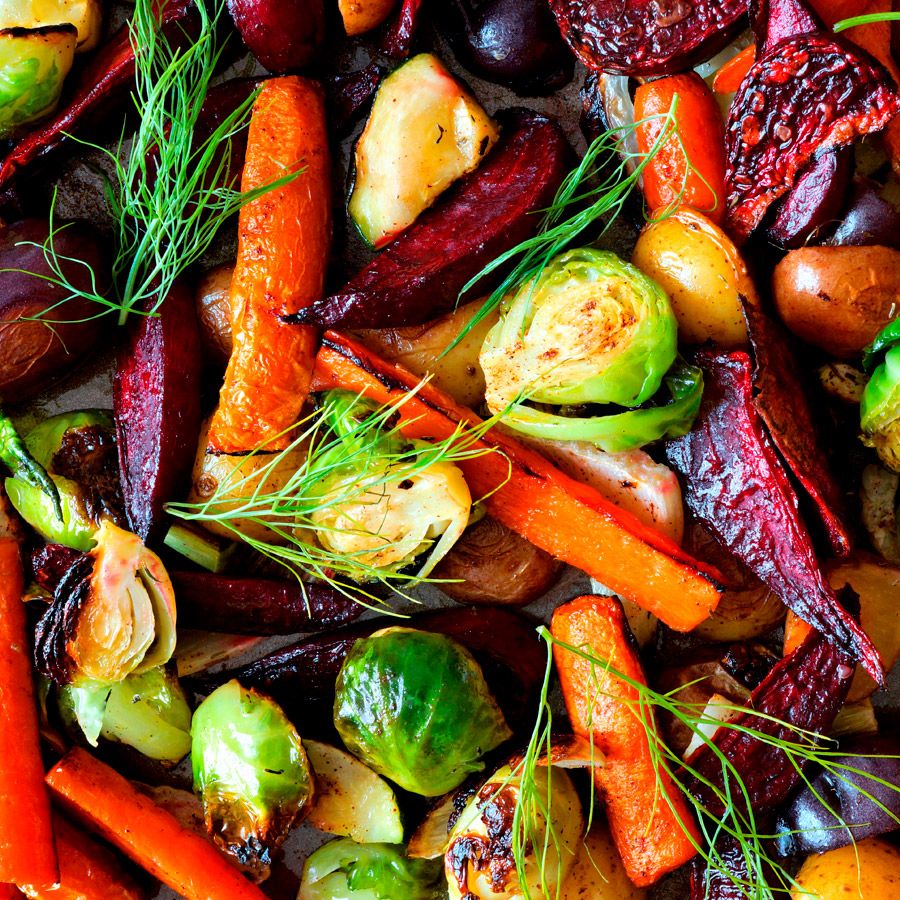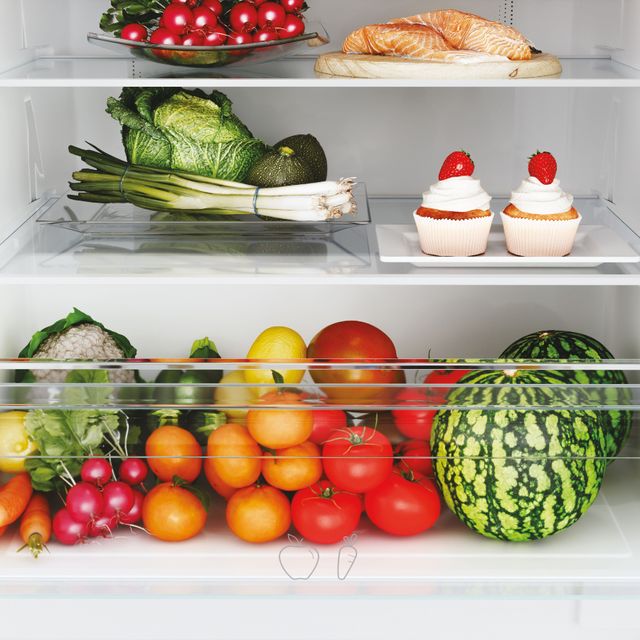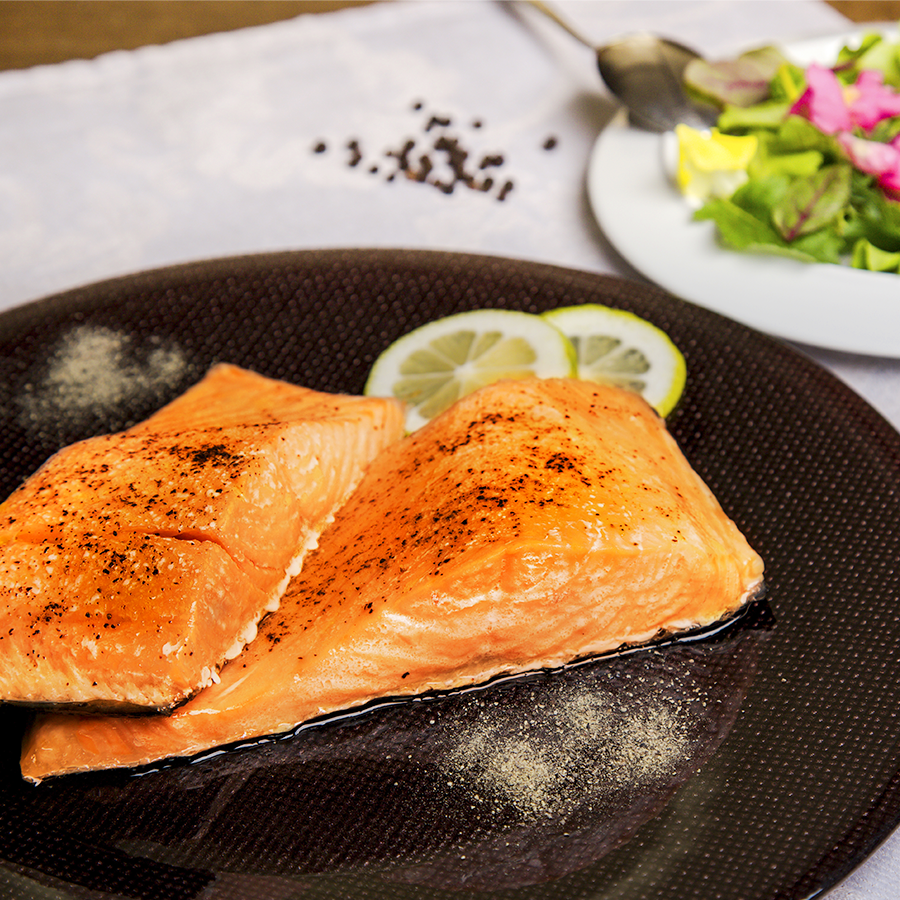Autumn not only changes the landscape, it also affects the rhythm of our days: rainfall increases, temperatures drop, and gradually the hours of daylight are less. This season also brings with it a whole new set of natural hues, enhancing our surrounding with warm reds and oranges. October is the month in which the first fruits and vegetables of the season are available, enriching our dishes with intense, aromatic flavours.
Read on to discover October’s typical fruits and vegetables and how to enjoy them at their best.
What vegetables are available in October?
Although modern farming methods allow us to enjoy any fruit and vegetable throughout the year, buying seasonal fruits and vegetables has many advantages. First of all, it ensures we can consume fresh, local produce that is not subjected to long journeys from abroad or conservation methods that alter their taste or texture.
Secondly, out-of-season products are - normally - overpriced, given the longer supply chain, therefore buying seasonal products helps us to save money. Finally, seasonal produce supports an eco-sustainable form of agriculture that respects nature while reducing the environmental impact of farming and preserving biodiversity.
Let us see what produce you should buy in October:
- Beetroot;
- Chard;
- Broccoli;
- Carrots;
- Cauliflower;
- Cabbage;
- Green beans;
- Fennel;
- Mushrooms;
- Endive;
- Leeks;
- Radicchio lettuce;
- Turnips;
- Shallots;
- Celery;
- Celeriac;
- Spinach;
- Truffles;
- Jerusalem artichoke;
- Pumpkin.
Rich in A, C and B vitamins, the pumpkin is the most well known October vegetable, being the undisputed symbol of Halloween. It lends itself to many different recipes, from puréed soups to creamy risottos, through to rustic desserts, plum cakes and muffins.
At this time of year, damp woodlands create the perfect conditions for many of the renowned mushroom varieties, including the undisputed king of the forests - the Porcino mushroom - as well as russulas and saffron milk caps. Early autumn is also the time different types of precious black and white truffles to make an appearance.
Cabbage, spinach and radicchio can once again enrich our recipes, either as side dishes or as the main ingredient for tasty recipes such as radicchio risotto, ricotta and spinach quiche or cabbage soup.
The Jerusalem artichoke is another great autumn vegetable. Also known as topinambur or sunchoke, this precious ingredient has a high potassium, sodium, magnesium, vitamin C and calcium content. The Jerusalem artichoke can be used in many ways, either simply baked in the oven or used to prepare delicious chips, risotto, mash and puréed soup.
October fruits
Early autumn also ushers in a new selection of fruits. First and foremost, apples and pears, which are rich in mineral salts and essential for our health and wellbeing. Besides making excellent snacks, these tasty fruits lend themselves to the preparation of desserts such as cakes and strudels. Chestnuts are another autumn delight, excellent in traditional desserts or simply roasted on a cold winter day. Kiwis, pomegranates, persimmons, mandarins and oranges are a real must in the October shopping cart,
alongside seeds and nuts, such as pistachios, walnuts and hazelnuts.
October vegetables: ideas and recipes
Nature’s great variety of vegetables in October will leave you spoilt for choice at meal times. Cooler temperatures encourage us to eat warm, tasty dishes, such as soups and purées, for which the pumpkin, Jerusalem artichoke, cabbage and leeks are ideal.
Mushrooms and truffles are the perfect choice with egg pasta dishes, and are particularly tasty combined with other seasonal produce, resulting in dishes such as tagliatelle with mushrooms, pumpkin and walnuts, encompassing all the fragrance and aromas of autumn. Endives, radicchio and leeks are ideal au gratin, making a tasty side dish for cheese selections and meat courses.
To preserve the organoleptic properties of vegetables, it is best to steam cook them, a technique that results in light and highly digestible dishes, without the use of oil or butter.
When steamed, spinach, carrots, cauliflower, broccoli, Jerusalem artichoke and fennel release their full flavour, while preserving their mineral and vitamin content. Any recipe involving steam cooking can be prepared using our new Smart Steam ovens, to prepare healthy meals, quickly and easily.




